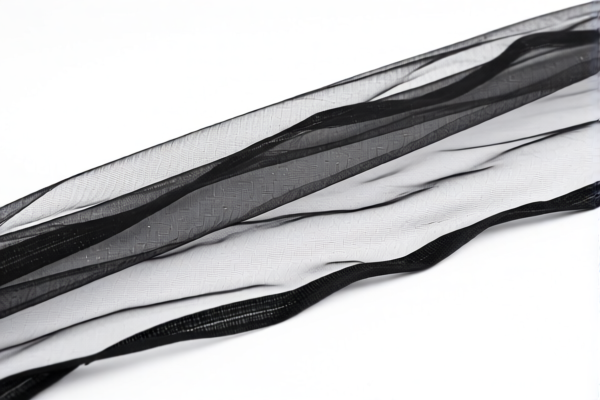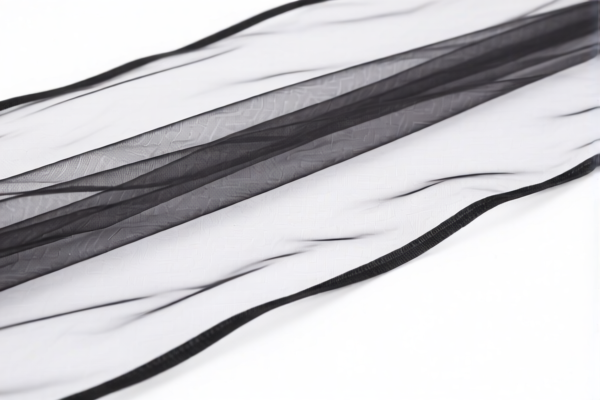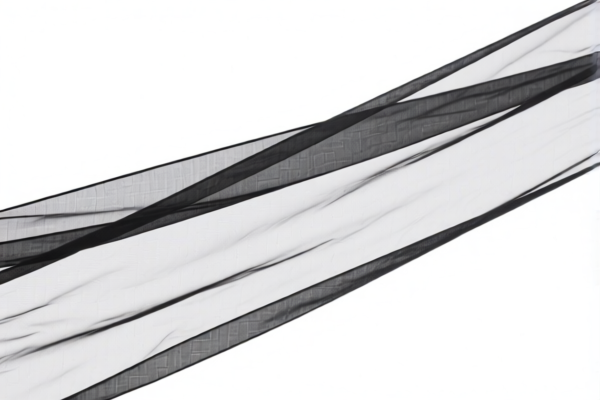| HS Code | Official Doc | Tariff Rate | Origin | Destination | Effective Date |
|---|---|---|---|---|---|
| 6701003000 | Doc | 59.7% | CN | US | 2025-05-12 |
| 6701006000 | Doc | 59.7% | CN | US | 2025-05-12 |
| 3926909989 | Doc | 42.8% | CN | US | 2025-05-12 |




Shading Net
A shading net, also known as a shade cloth, is a textile mesh used to provide shade, reduce sunlight, and control temperature in various applications, primarily in agriculture, horticulture, and construction.
Material
Shading nets are commonly manufactured from:
- High-Density Polyethylene (HDPE): The most prevalent material due to its durability, UV resistance, and cost-effectiveness. HDPE nets are available in varying weights (measured in grams per square meter - gsm) influencing their strength and shade percentage.
- Polypropylene (PP): A lighter-weight, less expensive option than HDPE, suitable for temporary or less demanding applications. It generally has lower UV resistance.
- Aluminum: Reflective aluminum nets are used for heat reflection and light diffusion, often employed in greenhouses.
- Polyester: Offers good strength and stability but is less common than HDPE.
Purpose & Function
The primary functions of shading nets include:
- Sunlight Reduction: Reducing the intensity of sunlight reaching plants or structures.
- Temperature Control: Lowering temperatures by blocking solar radiation, preventing overheating.
- UV Protection: Shielding plants from harmful ultraviolet rays, preventing sunscald and damage.
- Windbreak: Some heavier-weight nets offer partial wind protection.
- Hail Protection: Certain nets can mitigate damage from small hailstones.
- Privacy: Providing a degree of visual privacy.
Usage Scenarios
- Agriculture & Horticulture: Protecting crops from excessive sun, optimizing growing conditions, extending growing seasons, and improving fruit quality. Used in open fields, greenhouses, nurseries, and orchards.
- Construction: Providing shade for workers, protecting materials, and reducing dust.
- Landscaping: Creating shaded areas in gardens, patios, and playgrounds.
- Aquaculture: Providing shade for fish ponds to regulate water temperature and prevent algae growth.
- Parking Lots: Reducing heat buildup and providing shade for vehicles.
Common Types
Shading nets are categorized based on several factors:
- Shade Percentage: This indicates the amount of sunlight blocked, typically ranging from 30% to 90%. Higher percentages provide more shade. Common levels include 30%, 40%, 50%, 60%, 70%, 80%, and 90%.
- Weave Type:
- Knitted: Offers good air circulation and flexibility. More common for agricultural applications.
- Woven: More durable and stronger, but with less air permeability.
- Color:
- Black: Most common, effectively blocks sunlight.
- Green: More aesthetically pleasing in some applications.
- White/Silver: Reflects sunlight, reducing heat buildup.
- Stabilization:
- UV Stabilized: Essential for outdoor use to prevent degradation from sunlight.
- Anti-aging: Enhances the lifespan of the net.
- Construction/Installation Method:
- Rolls: Most common for large-scale applications, allowing for custom cutting and installation.
- Pre-made Panels: Convenient for smaller areas.
- Attached to Frames: Used in greenhouses and other structures.
Based on the provided information, determining the precise HS code for "shading net" requires understanding its material composition. However, the reference material only includes information on goods related to birds, feathers, and plastics.
Therefore, according to the provided reference material, the HS code options related to 'shading net' are limited, with only the following 1 found:
-
3926909989: Other articles of plastics and articles of other materials of headings 3901 to 3914: Other: Other.
- 39: Chapter 39 – Plastics and articles thereof. This chapter covers a wide range of plastic products.
- 26: Heading 3926 – Other articles of plastics and articles of other materials of headings 3901 to 3914. This heading specifically covers articles made from plastics or other materials within the range of headings 3901 to 3914.
- 909989: Subheading 3926909989 – Other: Other. This subheading is a residual category for articles not specifically classified elsewhere within heading 3926.
The total tax rate for this HS code is 42.8%, comprised of a 5.3% basic tariff and a 25.0% additional tariff, increasing to 30% after April 2, 2025.
Please note that this classification assumes the shading net is primarily made of plastic. If the shading net incorporates materials outside of the scope of Chapter 39, a different HS code may be applicable.
Customer Reviews
No reviews yet.